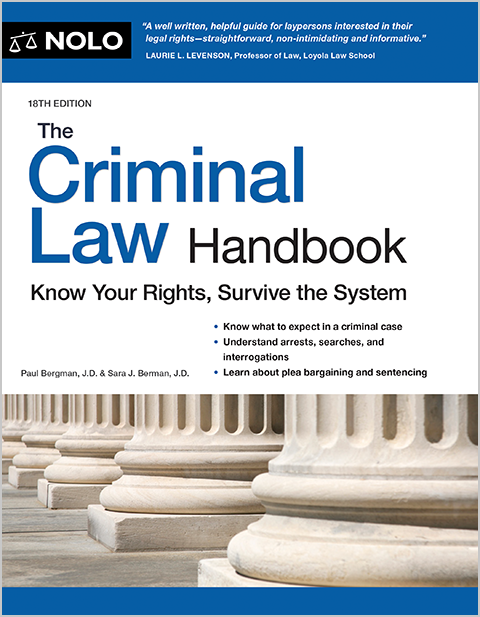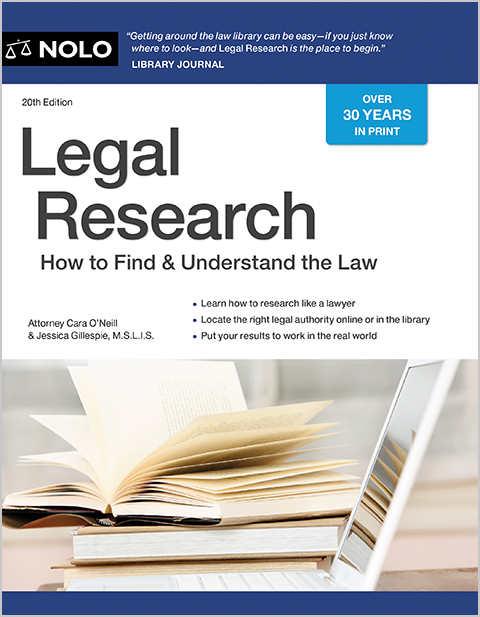Some U.S. jurisdictions are using advanced formulas to evaluate the risks that defendants pose. Judges weigh these evaluations when considering pretrial release.
"Will this person break the law or skip town?" This question is at the forefront of the mind of a judge who is evaluating bail for a defendant awaiting trial. Judges must also decide whether a defendant presents a risk to public safety. These decisions are complex. So, what type of information will help the judge?
Bail Decisions
Judges must make decisions about whether to release defendants and under what terms. A judge can consider a report prepared by a bail investigator or similar government employee who has looked into the defendant's standing in the community. The judge can listen to what people have to say about the defendant. And, of course, the court will look at the current charges and the defendant's rap sheet (criminal history record). But some would argue that—even with all this information—decisions about pretrial release are fundamentally subjective.
Factors Considered in Bail-Setting Formulas
That's where bail algorithms—formulas that use statistics in order to assess risk—come into play. Here's the basic idea: The algorithm (also called a pretrial risk assessment) takes selected information about the defendant and produces a scientifically based assessment. Before making a bail decision, the judge gets to consider the algorithm's result.
Bail algorithms typically consider several factors and then produce some kind of score or recommendation for or against release. Some tools provide pretrial release recommendations as well. The relevant factors in bail algorithms tend to include the defendant's:
- age
- current charges
- criminal history, and
- record of failing to appear.
The score may identify a defendant as low, medium, or high risk in certain categories. One bail tool, for example, gives separate scores for risk of breaking the law and risk of failing to appear in court. It also highlights heightened chances for violence.
Criticisms of Bail Algorithms
Critics of traditional forms of evaluating bail have alleged unnecessarily overcrowded jails and disproportionate outcomes for poor people and minorities. Bail algorithms are a response to perceptions of arbitrariness and unfairness in decisions about pretrial release.
Bail algorithms have been criticized for the factors they don't consider—some don't weigh employment status or substance abuse history. The counter is that the data shows that drug abuse, for instance, isn't nearly the indicator of risk that people have long thought it is.
Another criticism is that algorithms can focus on the label attached to the charged offense rather than the underlying facts. Some would argue, for instance, that a man who shoplifted and knocked down security guards while trying to run away isn't your conventional "robbery" defendant.
A core contention is whether bail algorithms are susceptible to racial bias. Some say the math is colorblind. Others argue that racial inequality in arrest patterns means that bail algorithms, which weigh criminal history, discriminate by race.
Despite the controversy, plenty have embraced the concept of data-driven decisions about pretrial release. And many in the criminal justice system have said they want to reform bail algorithm systems to make them better—and more prevalent.
For more information, see How Judges Set Bail

